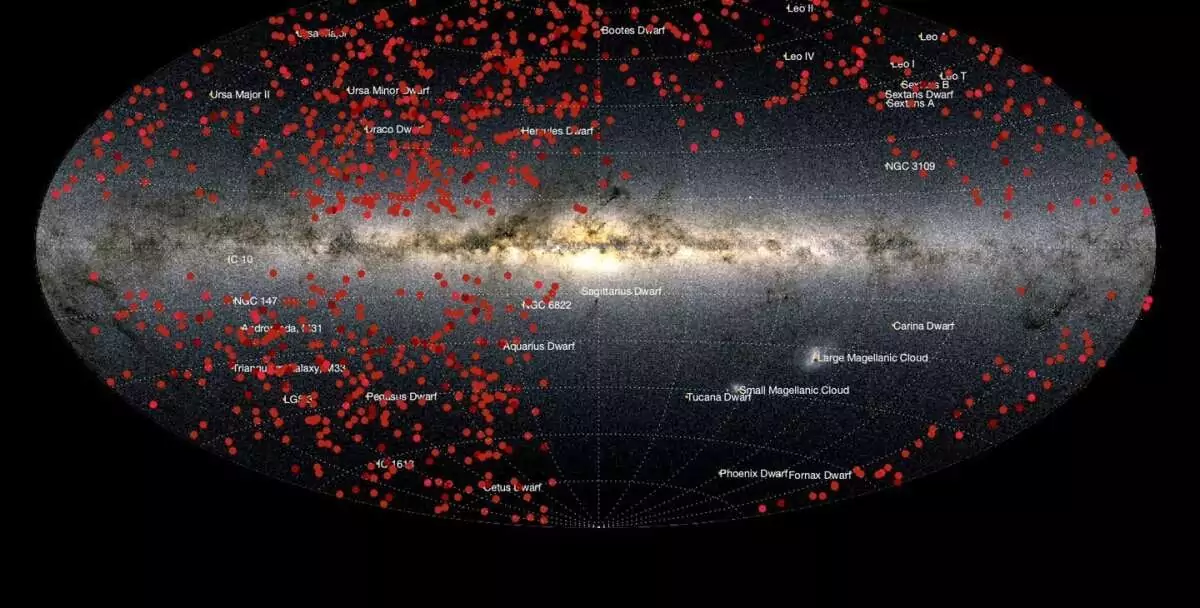The algorithm was applied to data obtained using the Zwicky Transient Facility, a sky survey instrument based at the Palomar Observatory of the California Institute of Technology.
«We needed help, and we knew that as soon as we taught our computers to do this work, they would take a lot of load off us,» the scientists say – «SNI has classified its first supernova in April 2021, and a year and a half later we reached a good milestone of 1000 supernovae.»
ZTF scans the night sky every night in search of changes, which are called transitional events. This concept includes everything from moving asteroids to exploding stars known as supernovae. ZTF sends out hundreds of thousands of alerts per night to astronomers around the world, notifying them of these events. Astronomers then use other telescopes to track and investigate the nature of the changing objects.
